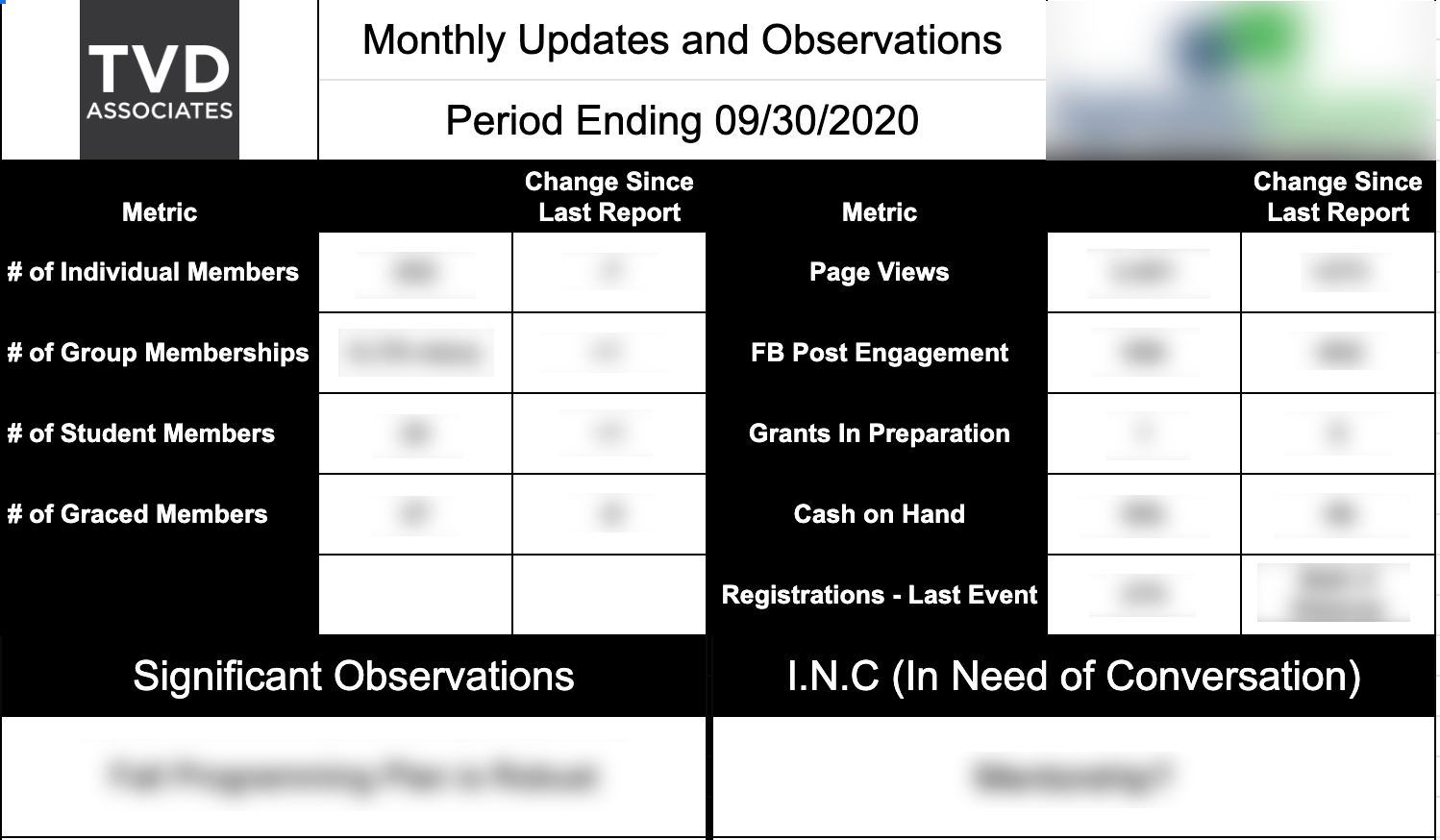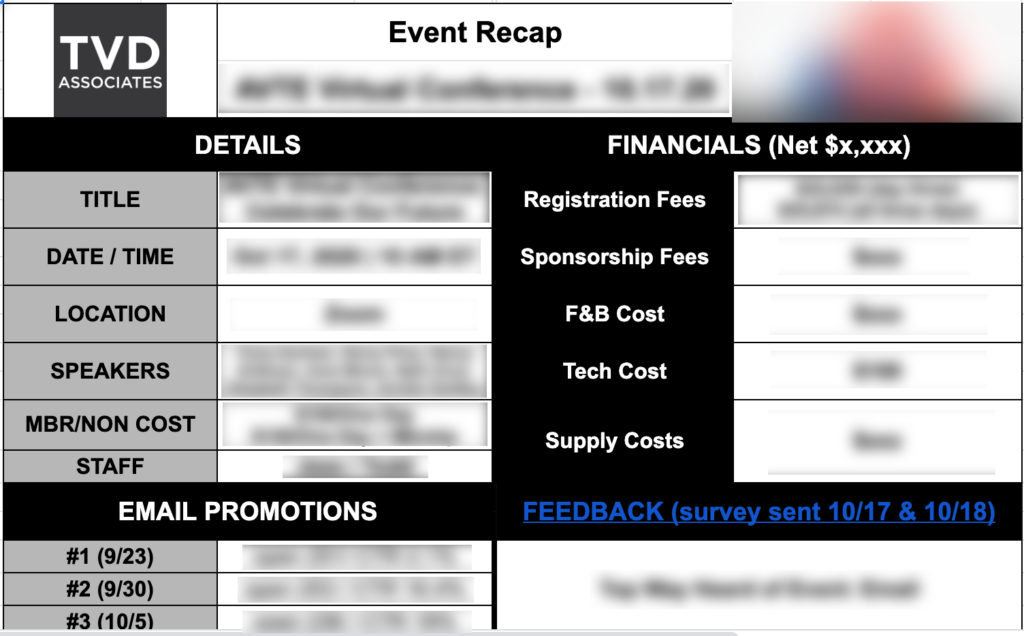In a previous blog post, Madeline discussed the concept of quantitative vs qualitative reporting and how having the right combination of information can help inform nonprofits on their decision making. Today, we’re going to look at how TVD Associates approaches reporting and discuss how and why we build our reports the way we do.
Understanding The Numbers: Monthly Reports
When discussing data, context is key. This is why we have created streamlined reports to help board members easily review and understand the data we collect at a glance. In order to save time and effort, our monthly reports follow a standard format that is then tailored to the needs of each client. While all our reports include metrics on membership and significant observations, one client’s report may be tailored to pushing publications while another client’s highlights finding the most effective communications outlet. And these reports can change along with the needs of the association! We believe the most useful reports are adaptable to your association’s current needs. Numbers and statistics are only helpful if they’re giving you the kinds of insights you’re looking for. This works both in the macro sense of your association’s ongoing goals as well as more micro moments like event recaps.

Reviewing The Details: Event Reports
Our event reports allow you to get even more specific insights. Beginning in the planning stage and up until the event recap stage, we keep track of everything. All promotional efforts – which channels have the most interaction, which email blasts get the highest click through rates – are collected and then presented as simple statistics alongside a few staff observations. These observations are meant to be talking points that can lead to fruitful discussions with board members about what worked, what didn’t, what we want to keep, and what we want to revise for the next event. By creating a reporting system based around sparking conversation, we believe data will never become stagnant or burdensome to manage.

Every organization needs some kind of feedback system. Reports that mix qualitative and quantitative data allow for hard numbers that can back up why a decision is made while also creating space to discuss the direction an association is heading towards. Instead of seeing reports as a critique of past performance, reporting can become an opportunity to find what the next course of action should be. By approaching reporting as a conversation starter, we believe your board will not only have an easier time crunching the numbers, but also be better equipped to use this information to create an actionable plan based on informed decision-making.

